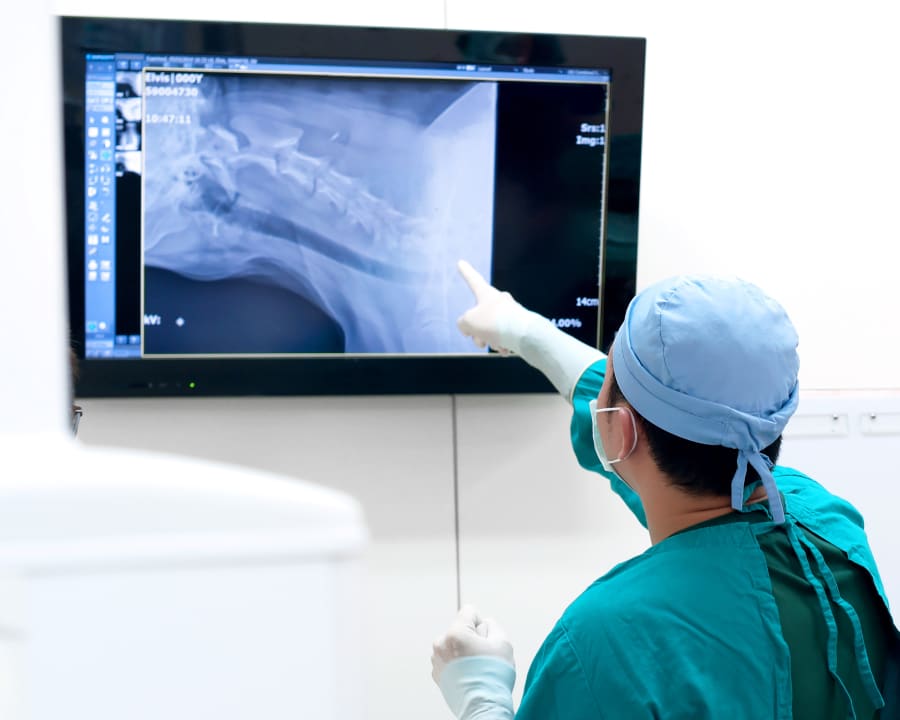In-House Diagnostic Veterinary Lab
When you have concerns about your pet's health, waiting for test results can be stressful. In our in-house vet lab, we're able to perform tests and get results quickly, so that we can diagnose your pet's symptoms and begin treatment as soon as possible.
We can run a variety of tests at our in-house lab, including:
- Rhinoscopy
- Bloodwork (Typing & Crossmatching)
- Urinalysis
- Fecal Exams
- Bone Marrow Biopsy
- In-House Cytologies
- Thoracocentesis
- Abdominocentesis
- Ethylene Glycol Tests (Anti-Freeze Toxicity)
- Manual Reticulocyte Counts (Anemias)
- *IDEXX Snap Tests (4dx, Feline Triple, cPL, fPL)
- Heska Solostep Heartworm Tests
- Specialty Stains (Wright-Geimsa Staining, Gram Staining, Acid-Fast Staining, & Sudan III Staining)

In-House Diagnostic Lab & Veterinary Pharmacy in Vienna
We perform tests and get results quickly in our in-house laboratory so that we can diagnose your pet's symptoms and begin treatment as soon as possible.
Our pet pharmacy in Vienna is stocked with a range of prescription diets and medications, providing us with quick access to any medications your pet may need while in our care.

Diagnostic Imaging
With our in-house veterinary diagnostics lab we are pleased to offer advanced diagnostic testing to allow our vets to provide an accurate diagnosis of your pet's medical issues.
For diagnostics that cannot be performed in hospital, and for second opinions, Hope Advanced Veterinary Center also uses reference laboratories and numerous university laboratories around the country to ensure the best diagnostic testing available.
- Ultrasound-Guided Biopsies
After an organ and its surrounding structures have been assessed, ultrasound imaging is used to guide a needle so it can be placed in a selected cavity or tissue.
A fluid or tissue sample may be drawn through the needle as an aspirate so cells or other aspects of the sample can be analyzed. Ultrasound guidance is often used to remove fluid from the chest cavity (thoracocentesis) and abdominal cavity (abdominocentesis).
- Endoscopy
An endoscope is comprised of a very tiny camera with a light attached to the end of a flexible tube.
When we perform an endoscopy, a long, thin tube is inserted directly into the body to observe an internal organ or tissue in detail.
Minimally invasive endoscopes can be inserted into the openings of the body such as the mouth or anus.
- Ultrasonography
Ultrasonography uses ultrasonic sound waves to create images of body structures based on the pattern of echoes reflected from the tissues and organs being examined.
While ultrasound can be used to assess most soft tissues including tendons, ligaments and muscles, in small animals the heart and abdominal organs are typically examined. Ultrasonography is also widely used to evaluate the musculoskeletal system's soft tissues.
- Urethroscopy
The urethra can be examined with an endoscope to determine whether an animal has any number of urinary tract issues, such as difficulty urinating or tumors. Biopsies are also often done during this procedure so a definitive diagnosis can be provided.
